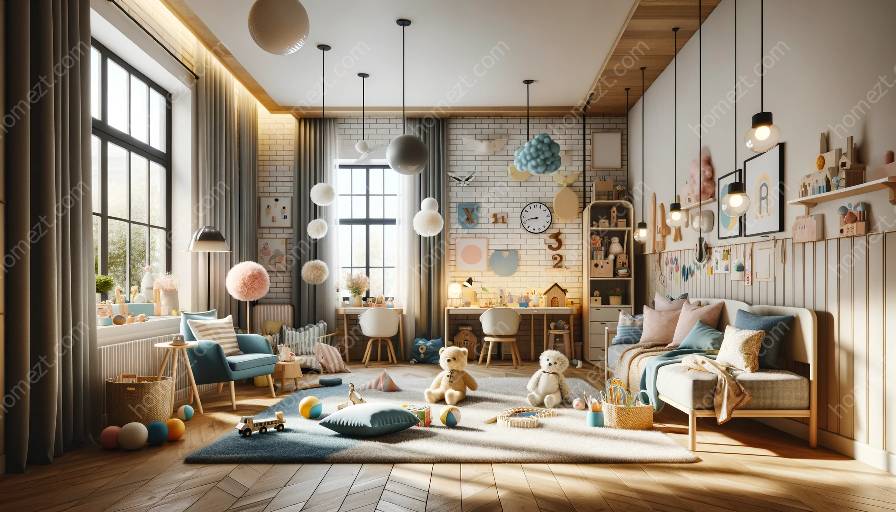Children's room design and interior styling play a crucial role in influencing the psychological well-being of children. Clutter in a child's environment can have significant psychological effects, but with effective room design, it can be minimized to create a positive and nurturing space for children.
Psychological Effects of Clutter on Children
Clutter in a child's living space can lead to various psychological effects. For children, clutter can result in feelings of overwhelm, stress, and anxiety. The chaos and disorganization associated with clutter can impede a child's ability to concentrate, leading to frustration and a sense of being overwhelmed.
Moreover, clutter can affect a child's mental well-being by contributing to feelings of restlessness and unease. It can also impact their mood and behavior, leading to irritability and difficulty in relaxing or unwinding in their own space. In extreme cases, clutter may even contribute to a sense of shame and embarrassment, as children may feel judged or misunderstood due to the state of their living environment.
Minimizing the Psychological Effects of Clutter through Room Design
Effective room design can play a pivotal role in minimizing the psychological effects of clutter on children. By creating a well-organized and visually appealing space, children can experience a sense of calm, security, and control within their environment. Here are several strategies to achieve this:
- Maximizing Storage Solutions: Implementing ample storage solutions, such as built-in cabinets, bookshelves, and under-bed storage, can help keep clutter at bay and maintain a tidy living space for children.
- Decluttering Regularly: Encouraging children to declutter and organize their belongings on a regular basis fosters a sense of responsibility and ownership, while keeping the space neat and organized.
- Designating Functional Zones: Creating distinct zones within the room for different activities, such as a study area, play area, and relaxation corner, helps children associate specific spaces for specific tasks, reducing the likelihood of clutter accumulation.
- Utilizing Visual Order: Applying visual order through color coordination, labeling, and organizing items in an aesthetically pleasing manner can minimize the visual impact of clutter, promoting a sense of harmony and tranquility in the room.
The Impact of Interior Design on Children's Well-Being
Aside from minimizing the negative psychological effects of clutter, interior design and styling can significantly impact children's overall well-being. A thoughtfully designed room can foster creativity, stimulate cognitive development, and promote a sense of security and emotional well-being.
By incorporating elements of nature, such as natural light, indoor plants, and nature-inspired decor, children's rooms can become rejuvenating spaces that connect them to the natural world, reducing stress and promoting mental and emotional balance.
Furthermore, integrating sensory elements, such as soft textures, soothing colors, and age-appropriate artwork, can create a sensory-rich environment that supports children's emotional and cognitive development while promoting relaxation and comfort.
Conclusion
Understanding the psychological effects of clutter on children and its implications for room design is essential in creating a nurturing and supportive environment for children. By employing effective room design strategies and paying attention to the impact of interior styling, parents and designers can ensure that children's living spaces promote psychological well-being, creativity, and emotional balance.


























